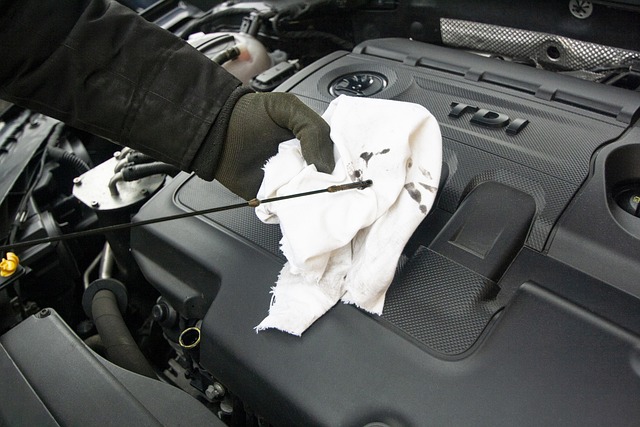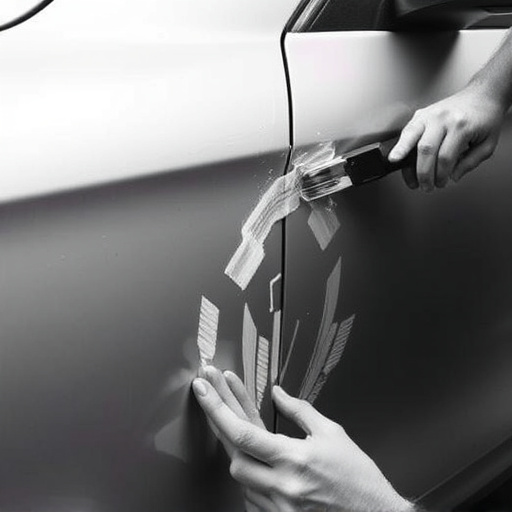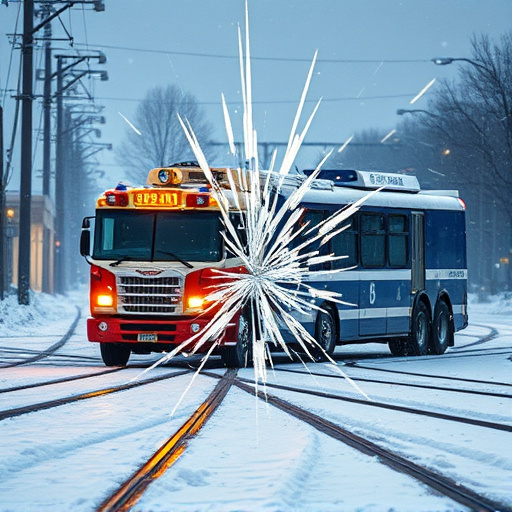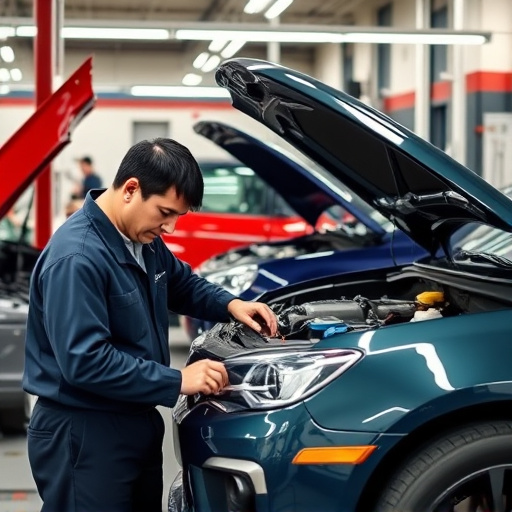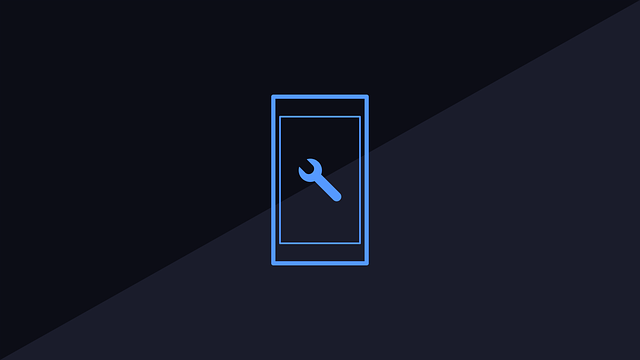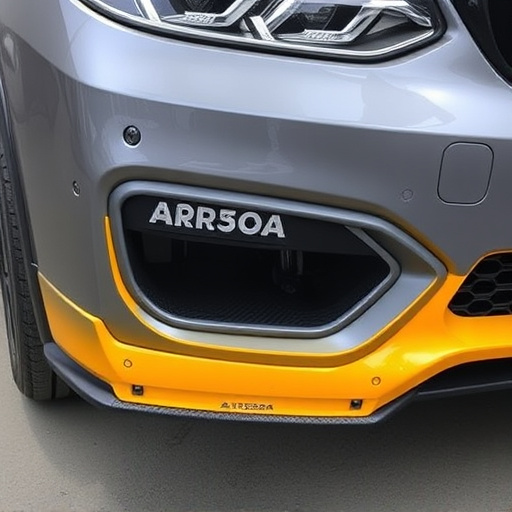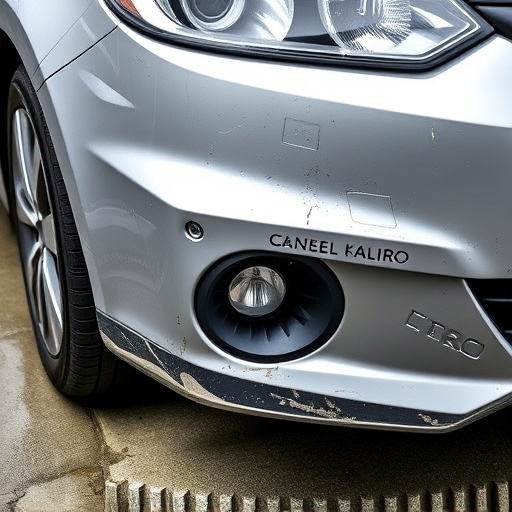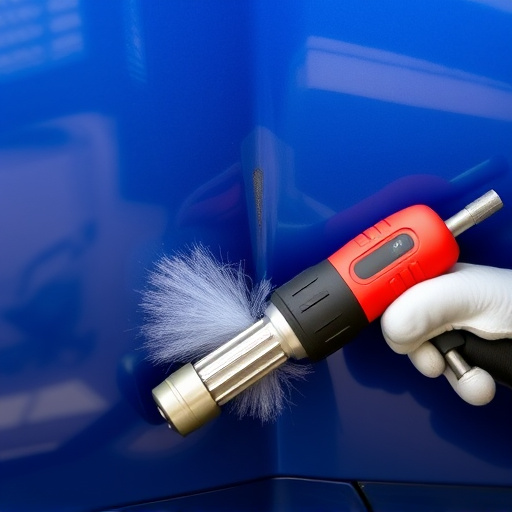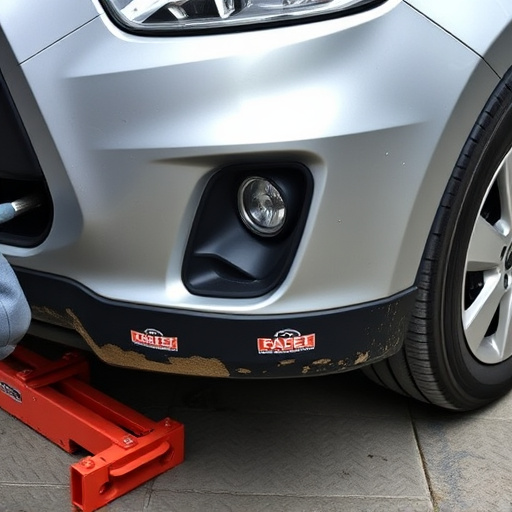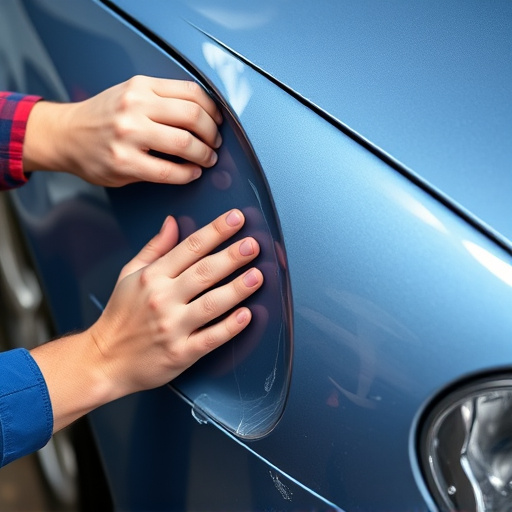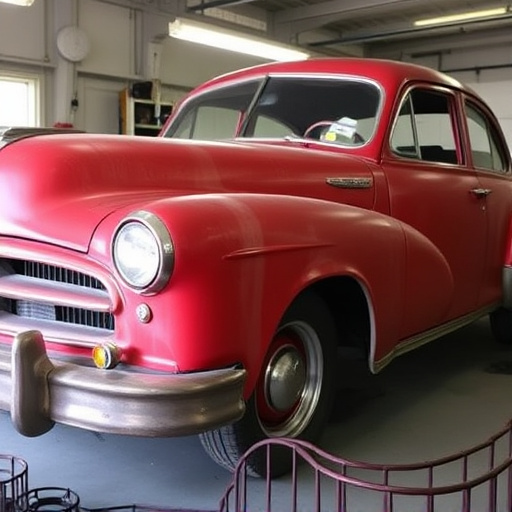OEM (Original Equipment Manufacturer) certification is crucial for collision repair technicians, ensuring repairs meet factory standards. This specialized process involves mastering specific techniques and using original parts to restore vehicles accurately, maintaining their design, structure, and performance integrity. Adhering to OEM guidelines guarantees safety and longevity of complex systems, showcasing the technician's expertise in achieving crash-free driving experiences while preserving vehicle value.
“In the realm of collision repair, OEM (Original Equipment Manufacturer) certification stands as a benchmark for excellence. This article delves into the meticulous training journey technicians undertake to master factory standard repair. From understanding the intricacies of OEM certified collision repair and its paramount importance in maintaining vehicle integrity, to exploring diverse training programs, practical applications, and continuous learning resources—each step ensures technicians are equipped to deliver top-tier repairs. Discover how industry associations, manufacturers, and hands-on workshops contribute to this transformative process.”
- Understanding OEM Certification and its Importance
- – Definition of OEM certified collision repair
- – Why factory standard repair is crucial for technicians
Understanding OEM Certification and its Importance
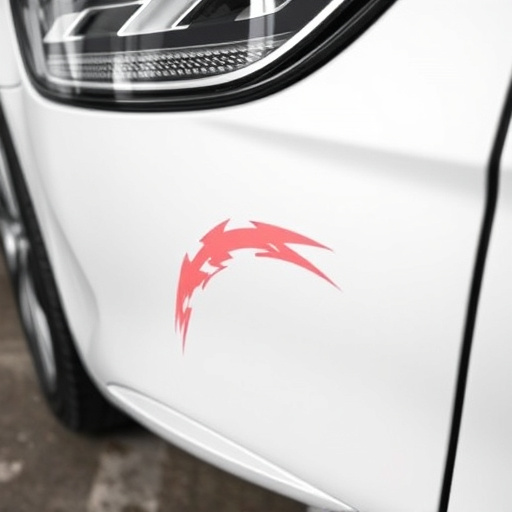
OEM (Original Equipment Manufacturer) certification is a crucial milestone for technicians aiming to excel in collision repair. It ensures that the repair work matches the factory standard repair specifications set by vehicle manufacturers. This certification is not just about learning how to fix damage; it involves mastering the precise techniques and using original equipment parts to restore vehicles to their pre-accident condition.
The importance of OEM certification lies in maintaining the integrity of the car’s design, structure, and performance. When a vehicle undergoes collision repair, technicians must accurately replicate the factory’s meticulous craftsmanship. This is especially vital for complex systems like tire services, car body restoration, and car body repair, where even minor discrepancies can affect safety and handling. By adhering to OEM standards, certified technicians guarantee not only the beauty of the repair but also the reliability and longevity of the vehicle.
– Definition of OEM certified collision repair
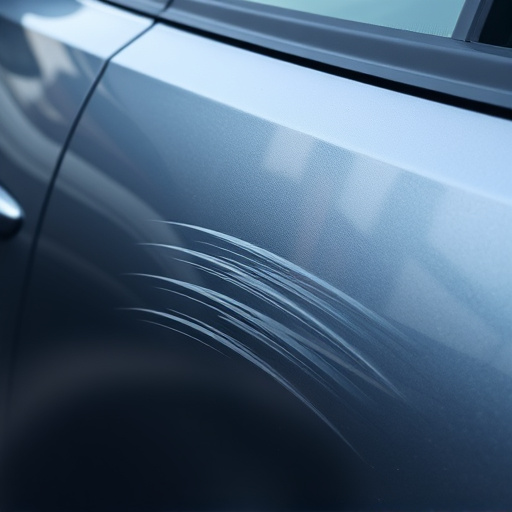
OEM certified collision repair, a term that resonates within the automotive industry, refers to the meticulous process of restoring a vehicle to its factory standard repair. This involves mastering the intricate details and precision required to match the exact specifications set by Original Equipment Manufacturers (OEMs). In an automotive body shop or auto collision center, technicians undergo rigorous training to ensure they can handle these complex repairs effectively.
The ultimate goal is to deliver a crash-free driving experience, maintaining the vehicle’s original design, quality, and performance. Technicians learn to work with specialized tools and equipment designed for factory-style repair, ensuring every component, from panels to mechanical parts, aligns perfectly with the OEM’s standards. This level of expertise is crucial in collision centers, where precise, factory standard repairs not only guarantee customer satisfaction but also contribute to road safety.
– Why factory standard repair is crucial for technicians

For technicians aspiring to provide top-notch vehicle collision repair services, mastering factory standard repair is non-negotiable. This approach ensures that repairs mimic the original vehicle design and functionality, preserving the car’s overall integrity and value. Using OEM (Original Equipment Manufacturer) parts and adhering to specific repair procedures guarantees that the auto body repair aligns with the manufacturer’s standards, ensuring safety, reliability, and longevity of the vehicle.
Factory standard repair plays a pivotal role in maintaining customer satisfaction and ensuring the long-term viability of auto body repair businesses. By focusing on precision and authenticity, technicians can deliver high-quality work that meets or exceeds expectations, setting their services apart in a competitive market for vehicle repair services and auto body repair.
In the realm of collision repair, achieving OEM (Original Equipment Manufacturer) certification is paramount. Technicians who strive for this certification undergo rigorous training focused on factory standard repair techniques, ensuring vehicles are restored to their pre-accident condition. This meticulous process not only guarantees superior quality work but also maintains the vehicle’s original design, safety features, and performance—a true testament to the importance of OEM certified collision repair.

